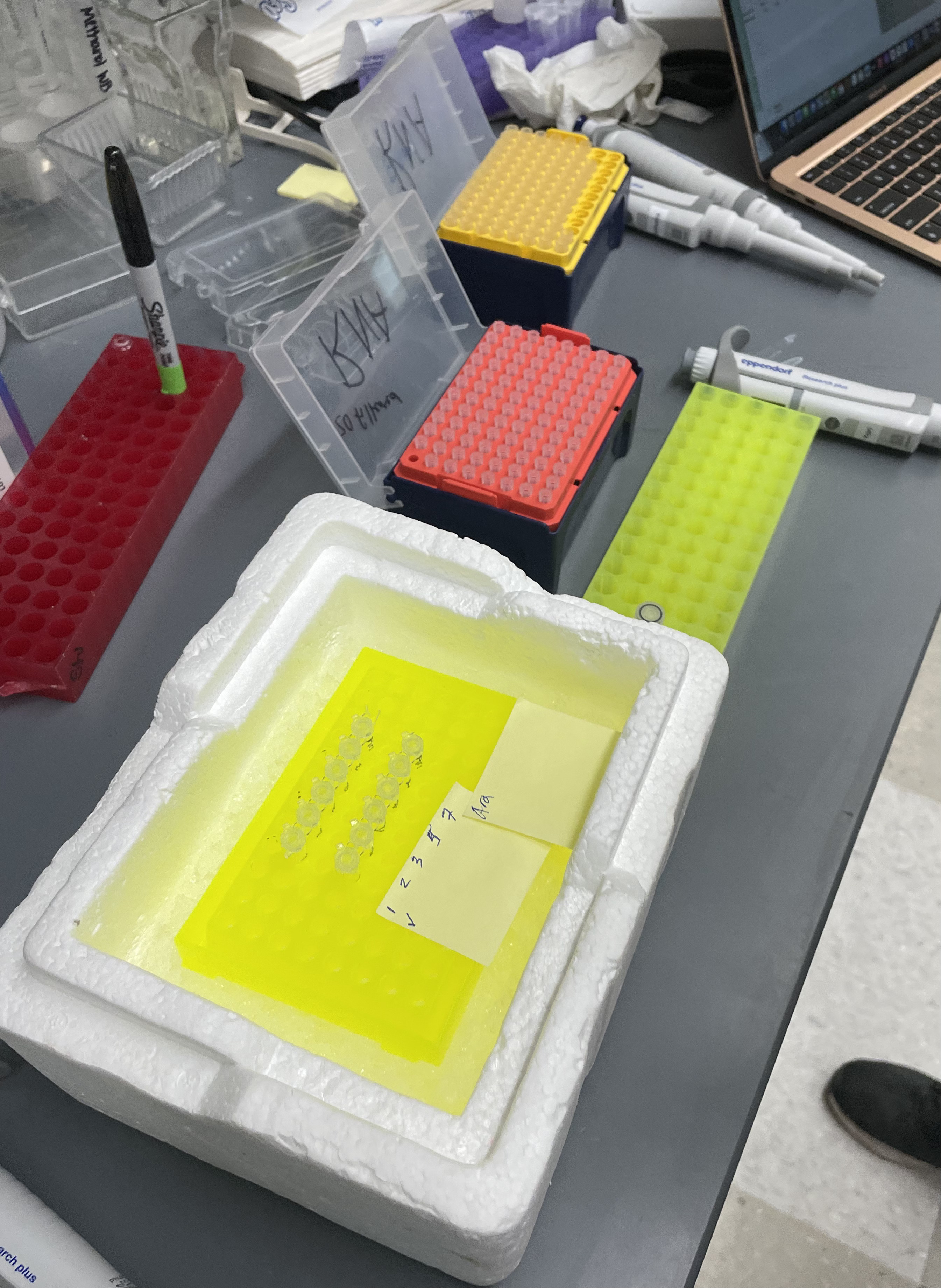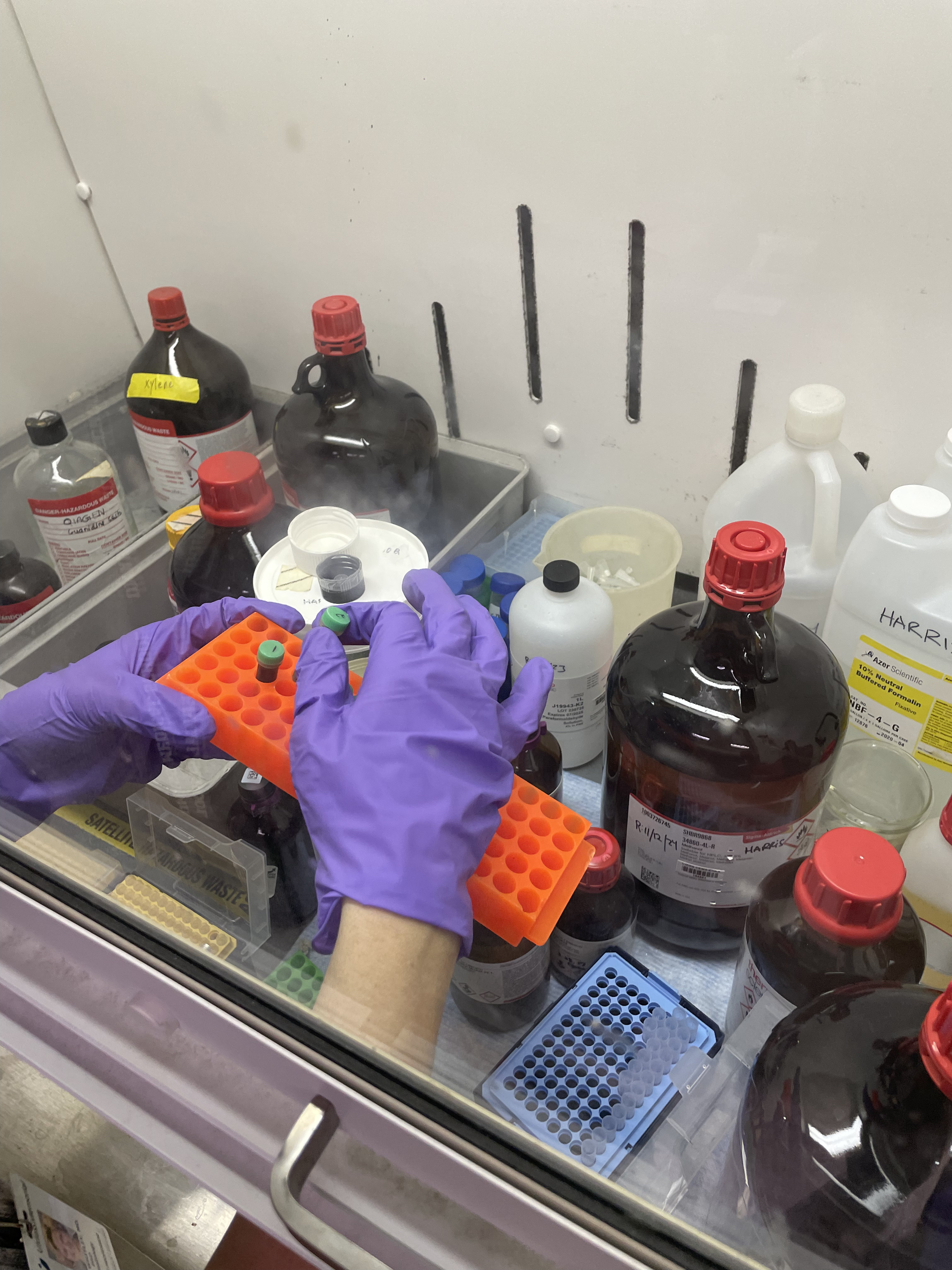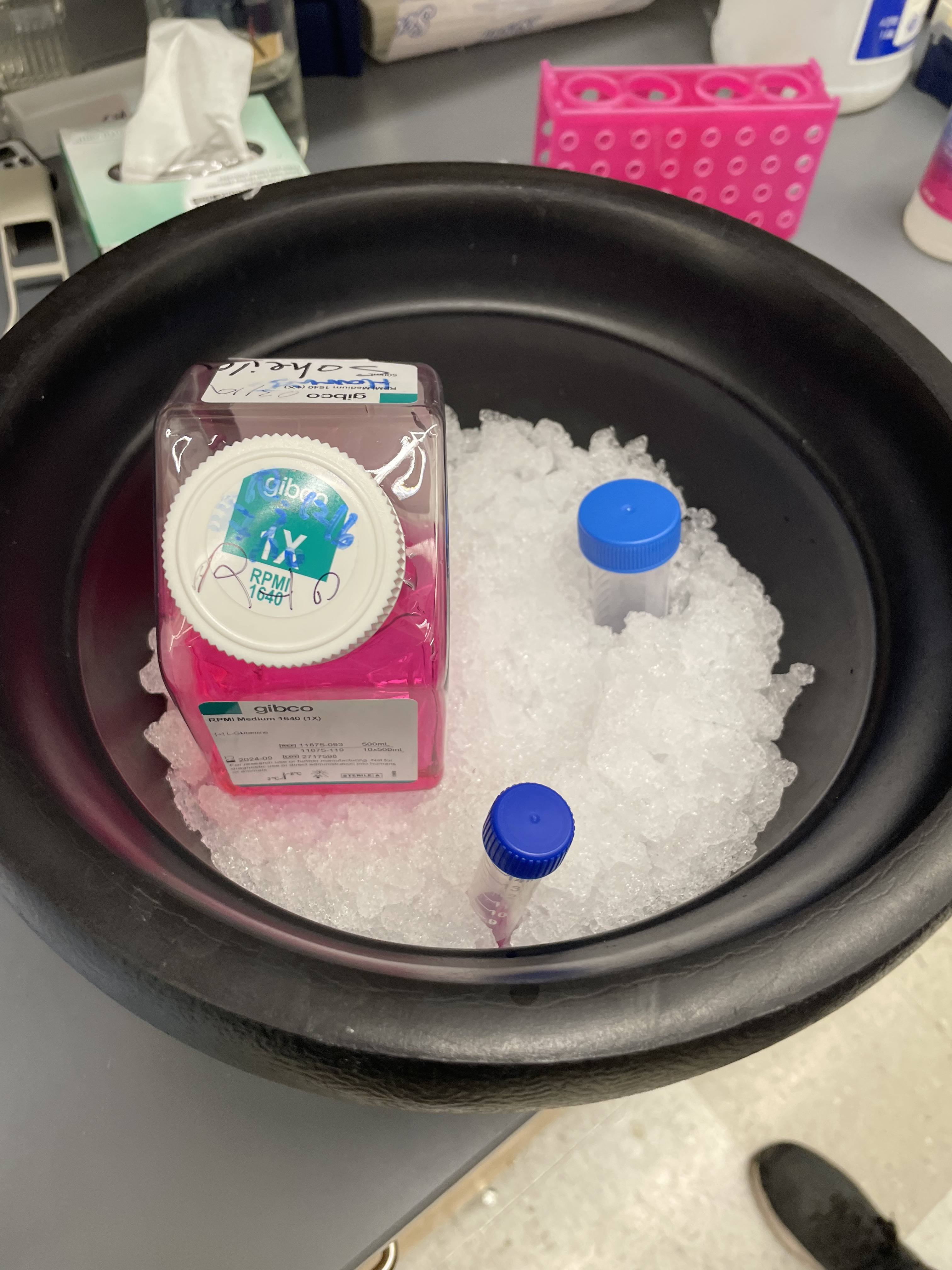Pictures of My Work



Invasive species management is crucial to maintaining healthy environments for both people and wildlife. Controlling invasive species helps to prevent negative economic and environmental impacts such as the loss of biodiversity, the decline in human health and safety, the acceleration of climate change, and loss the of resources such as the $1.288 trillion dollars that the United States has used in the last fifty years to combat invasive species (USDA, n.d.). Without efforts to control invasive species, many native plants and animals would be outcompeted for resources, as invasive species often have a unique ability to thrive and spread rapidly. Over time, native species may become endangered or even extinct. One invasive plant management removal technique is chemical removal; however, this often has dangerous environmental consequences. Chemical control methods typically involve the use of herbicides, which are easy to apply and have proven effective in controlling invasive plants in some areas. However, herbicides can lead to environmental pollution and pose risks to the health of humans and native animals and plants (Patten, O’Casey & Metzger, 2017; Qiao et al., 2019; Xie et al., 2019). Herbicides have the potential to impact non-target plants, contaminate soil and water systems, harm insects, and disrupt the food chain (Use of Herbicides for Invasive Plant Control, n.d.). This work is significant as it provides a possible alternative to these dangerous herbicides for the removal of invasive plant species.


